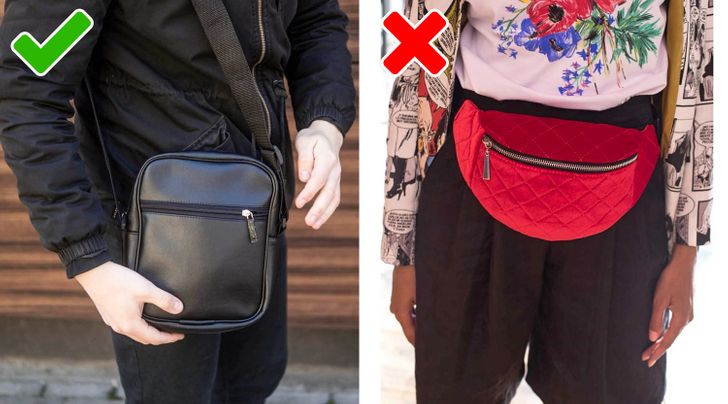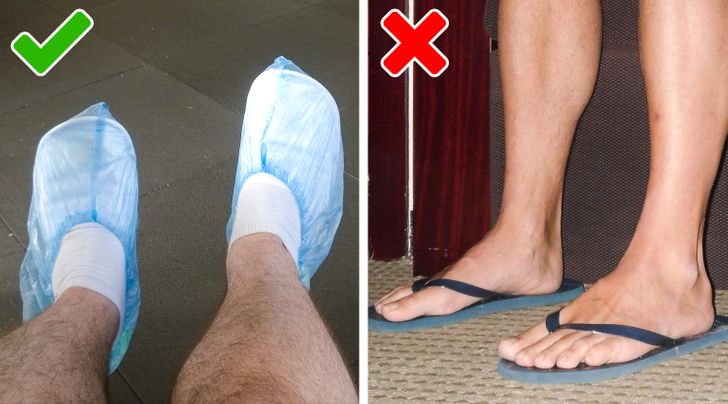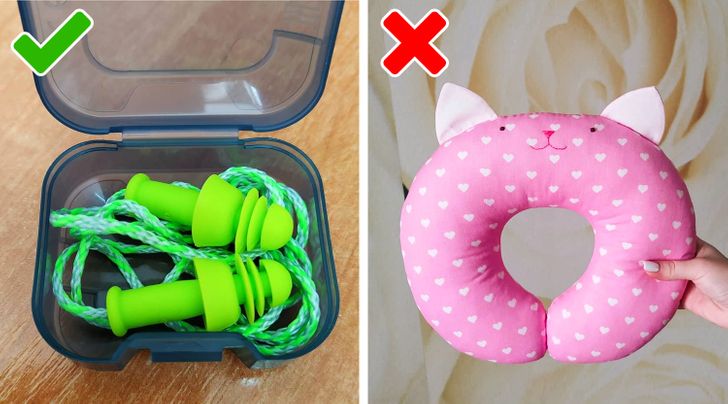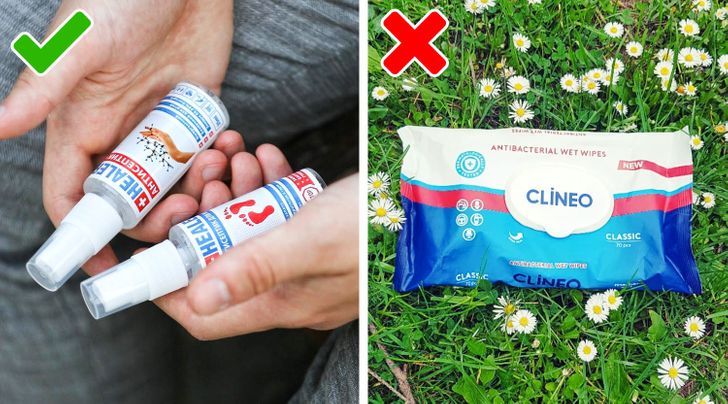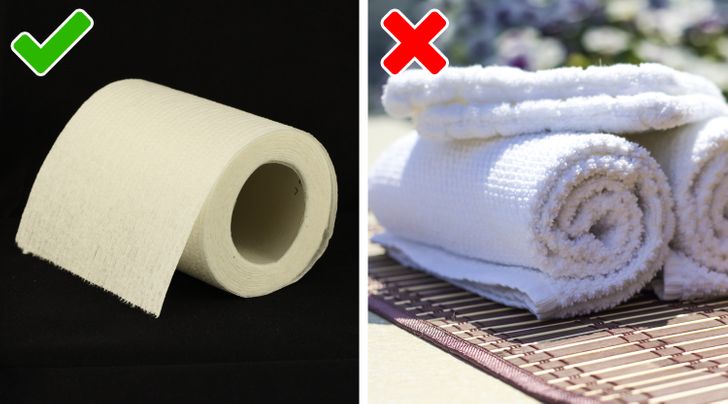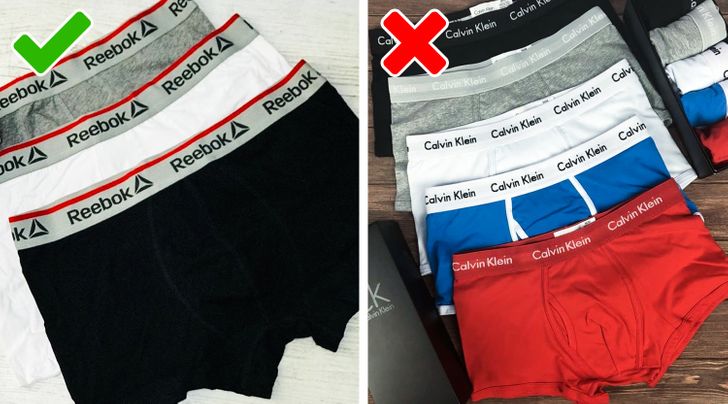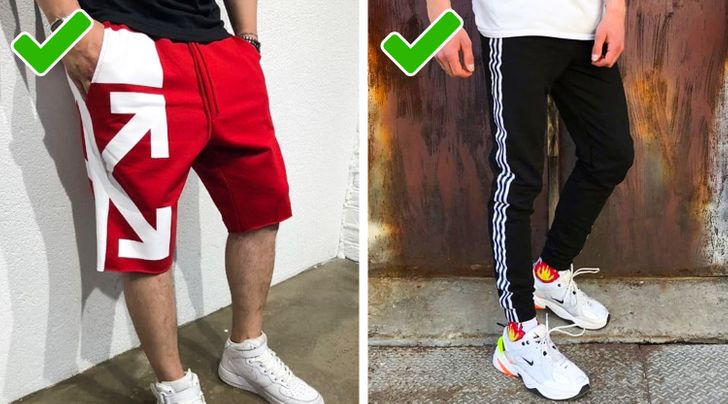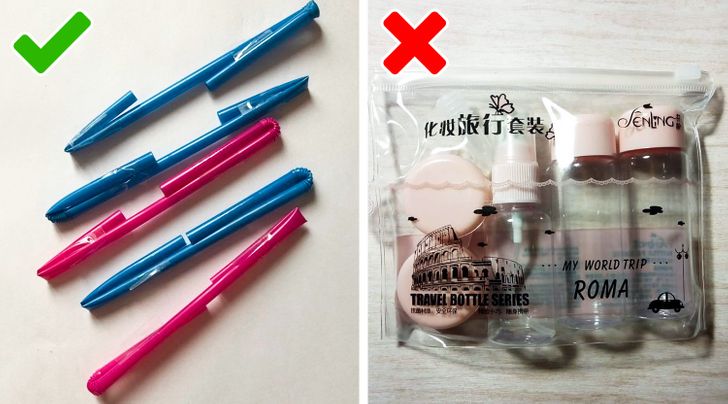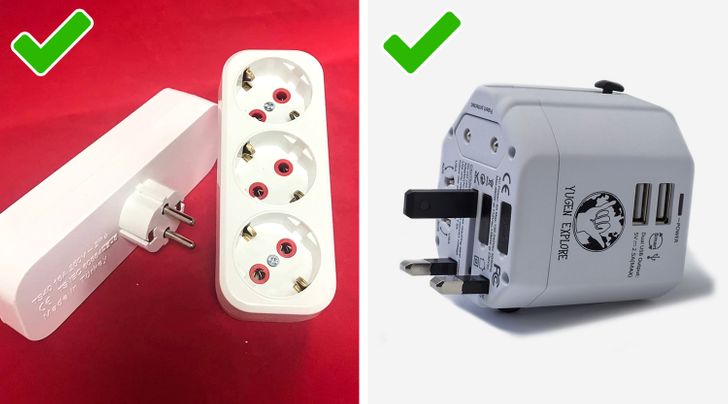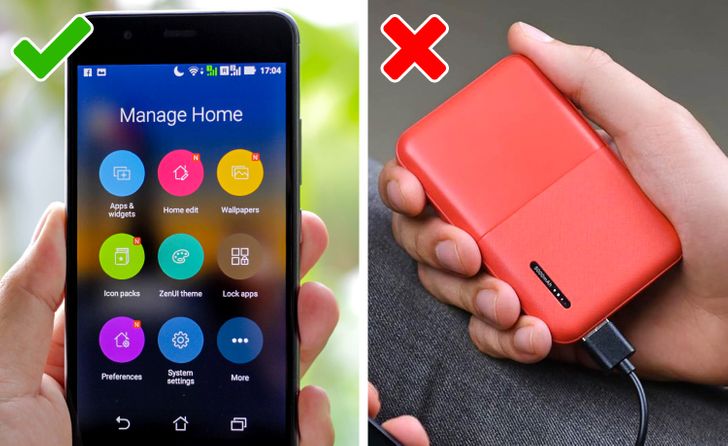These are really helpful for traveling, will save it for the future!
I’ve Been to 70 Countries and I’ve Learned What We Definitely Don’t Need on a Trip (and Which 20 Things Are Absolutely Vital)
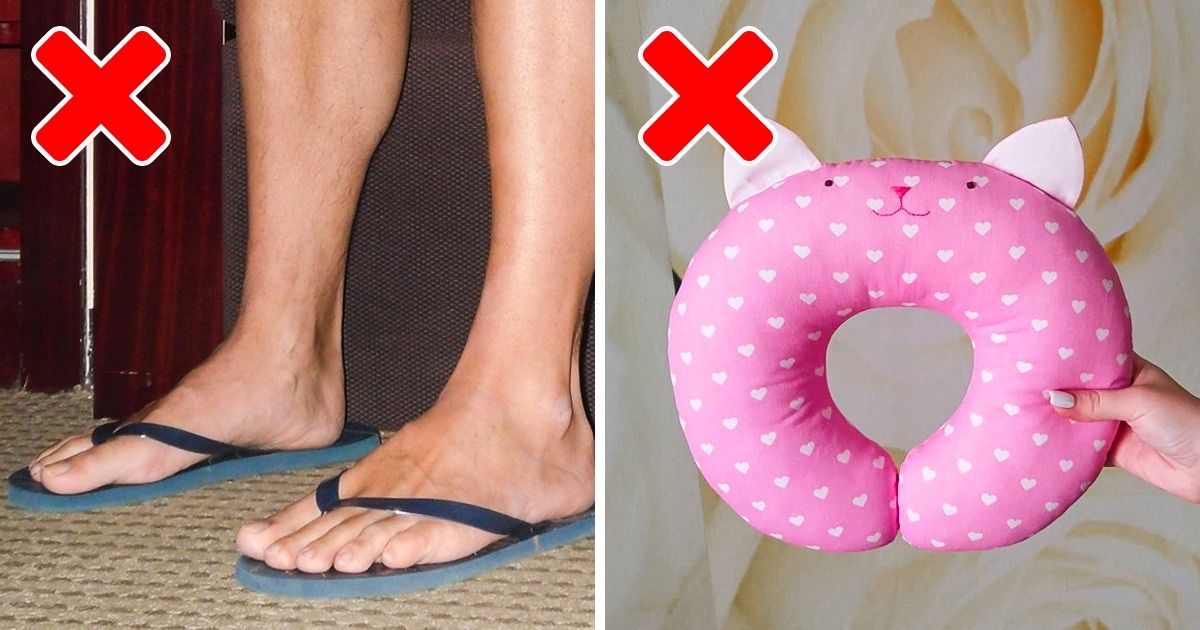
Hi, everyone! My name is Pavel and over the past 10 years, I have been to 70 countries around the world. During this time, I have found out which things are definitely important to have when you are abroad and which things are completely unnecessary and are best left at home.
Especially for Bright Side readers, I’m going to talk about how to travel in comfort, without any extra stuff, and how many things you truly need to travel to any place on the planet.
How it all started
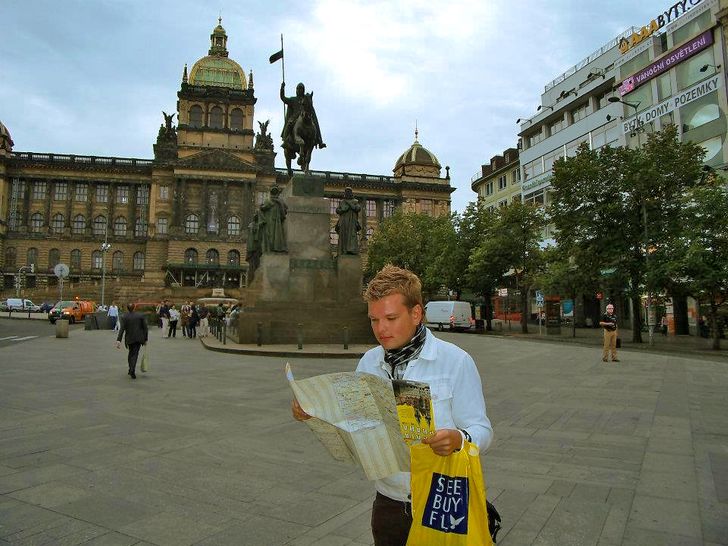
My path to traveling solo started with a huge suitcase on wheels, a bunch of travel books, paper maps, and a lot of other small stuff I used to take with me “just in case.”
My first experience using the low-cost airline, Ryanair, was such a disaster. They made me throw away a lot of stuff from my backpack right into a trash can because it didn’t comply with some of their rules! But the most ridiculous thing happened to me when I decided to ride a bicycle from Malaga (Spain) to Turku (Finland) when I knew almost nothing about traveling by bike.
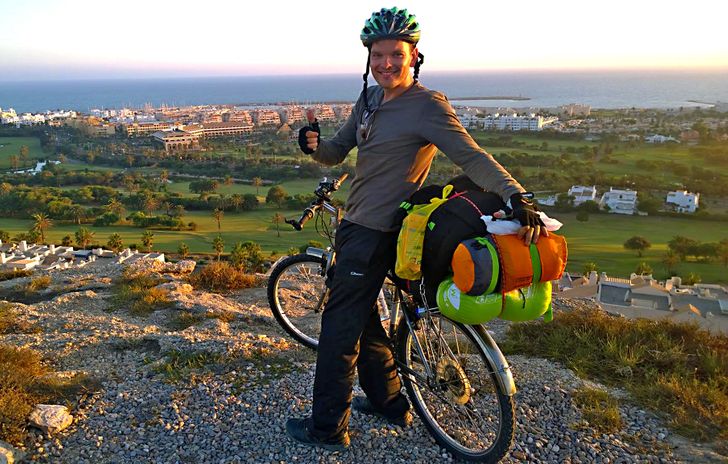
I had a 65 lb backpack on my shoulders, and 3,000 miles to travel. But everything didn’t go as planned starting from the very first day. First, I almost cut off my finger with a knife when I was trying to assemble my bicycle that was broken on the plane. Literally within the first mile, I broke the mirror on the steering wheel and then my GPS-tracker fell off and was smashed by a truck.
But most importantly, the backpack was so heavy that by the end of day one, I had a nerve entrapment, my fingers were stuck in a bike handle grip, and couldn’t bend. That next morning, without any regrets, I threw away half of my stuff from my luggage and I started to make a list of things that you always have to have when you are away from home.
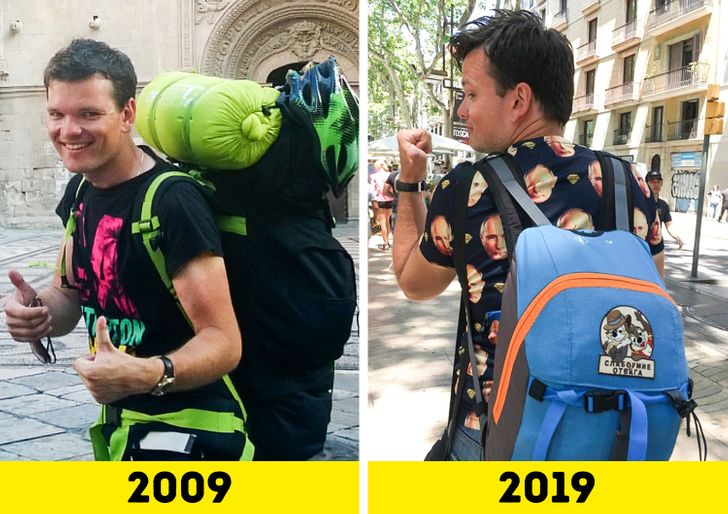
It took me 10 years and about 140,000 miles around the planet to completely finish this list and make sure it is correct. It only contains 20 things that don’t weight more than 10 lbs when they are put together and can easily fit into a small backpack.
20. A small crossbody bag instead of one around the waist
If you don’t want to look like a typical tourist, don’t bring a waist bag with you. It is not always a comfortable thing to sit with, especially when you are on a plane. The best alternative is a crossbody bag that is no bigger than a regular piece of paper. It can definitely fit all of your devices, papers, and cash.
And if you are really worried about the safety of your money, you put it under the insole of your shoes or under your hat. But don’t do it during the safety check at the airport, because customs officers might think you are trying to hide something from them.
19. Shoe covers instead of flip-flops
Hygiene is extremely important, especially if you are traveling to Asia or South Africa. The hotels and hostels don’t always look as good as they do in pictures, and the showers and bathrooms may turn out to be much dirtier than you expected.
In order not to have to carry wet and heavy flip-flops with you, you can buy a few pairs of shoe covers. It is very comfortable to take a shower while wearing them and you can just throw them away right after. Also, you can use shoe covers as socks if your shoes are soaked (this is an emergency option if you need to walk in the rain).
And on the beach, the best option is to wear a special type of water shoe (like crocs). You can swim wearing them and not worry that you will step on a sharp rock, a sea urchin, or a piece of broken glass. You can also take them as an additional pair of shoes when traveling short distances.
18. Earplugs instead of a pillow for the neck
If you want to sleep on a bus or a plane, you will need earplugs (it is best to buy several pairs with a string connecting them in order to avoid losing them). I use them to block out the tiring noise of the place engine or the voices of very loud passengers.
No matter how cool your tourist pillow looks, you can’t sleep with it if you don’t choose the right place. On planes and buses, the only chance you have to sleep well is if you get a window seat because there is usually more room there than in other seats. And it is also better to make a pillow using a sweater or a rectangular-shaped scarf.
17. Liquid antiseptic instead of wet wipes
If you have used wet wipes in different countries, you might have run into situations where you didn’t have anywhere to dispose of the used wipes. So you ended up putting them into your bag, forgetting about them, and then your passport got wet and all the border stamps disappeared.
For disinfection, in any case, it is much more effective to use a sanitizing gel for your hands. Also, you might want to get something similar for your legs, because chances are you are going to walk a lot more on the trip than you usually do.
16. Tissues instead of towels
Some countries outside of Europe might have trouble with toilet paper and Kleenex. So, it is better to bring a pack of Kleenex or a toilet paper roll with you and if you need, buy some more when you are in the country.
Real towels take up a lot of room, they need a lot of time to dry, and you can ask for one at almost any decent hotel or even hostel. And it is a much better idea to wipe your face with paper napkins rather than a towel, because napkins are disposable and towels collect bacteria.
15. Coins instead of souvenirs
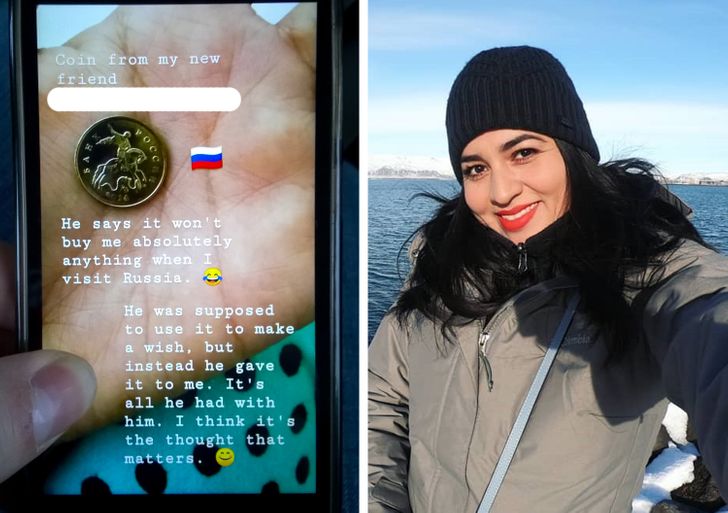
Once, I was traveling by bus with a charming Mexican girl, we started talking and exchanged phone numbers. I wanted to present her with something nice, but all I had was a little bit of change in my wallet. I gave her a coin and I said it was for good luck. She was so happy and surprised than she even made a post on her Instagram page about this “generous” gift. This is the power of a small coin thousands of miles away from Russia.
As strange as it sounds, take several small coins on a trip with you. First, they are easy to throw away in different tourist places to make a wish or to follow some superstition. And it can also be a great souvenir for any foreign person you happen to meet while traveling.
14. Glasses with s4-protection
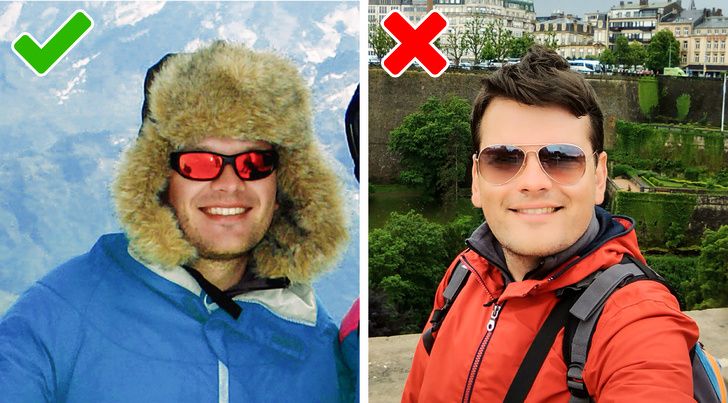
When choosing a pair of sunglasses, don’t pay a lot of attention to how the frame looks. It is far more important to choose the pair that will protect your eyes from the sun. So, buy this useful accessory with at least a UV 400 or s4 protection level. Glasses are extremely useful in winter too, because the sunlight gets reflected off the snow and your eyes will feel it instantly. If you can, take 2 pairs with you: one trendy pair for photographs and another one that doesn’t look as cool, but is definitely much more effective when it comes to UV-light protection.
13. One old and comfortable pair of jeans instead of a dozen trendy pairs
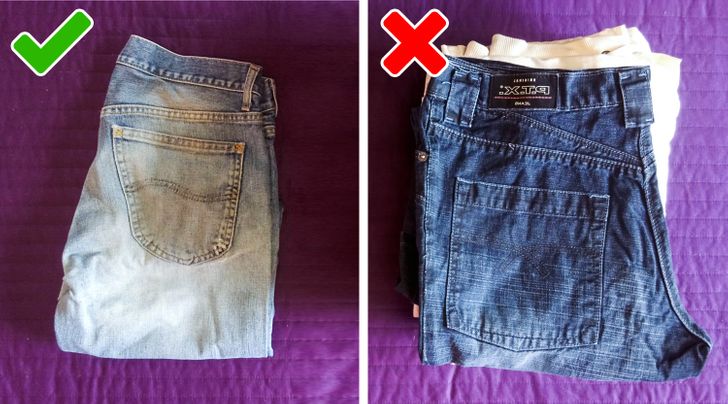
Jeans are probably the most practical piece of clothing you can take on a trip and you don’t need to take several pairs to change every day. You only need one pair. You can take some old, torn pair that you can easily throw away and buy a new pair if you need to. Dark-blue colors are the most practical ones. And it is better to choose a pair without a lot of decorations and holes because you might not be allowed to enter some tourist places in them.
If you are going on a trip to take hundreds of photos and collect a lot of likes, don’t try to fit all of your clothes into a small suitcase. First, make a list of places you think you are going to visit. Now, you know exactly how many outfits you might need (it is best to put all of them on the floor to see them all before you pack them).
Before you start jumping on the suitcase and trying to close it, check the weather forecast — there is a chance it will disrupt your photo shoot plans. When you make an edit, taking the weather into consideration, you’ll see that you will probably eliminate 50% of the clothes that you were originally going to take with you.
12. Sports underwear instead of brands
Remember that you are going to move a lot on your trip and sweat, and the most trendy, beautiful clothes are likely to start to annoy you (because they are usually not the most comfortable). And also, you need to think about where and how you are going to wash your underwear, because if you take all the underwear you need for all the days, your suitcase will be full.
It is better to buy some sporty underwear in advance (they can look very good too and are definitely more comfortable). They are also very easy to wash and they dry in one night, or even faster.
11. Socks you can throw away
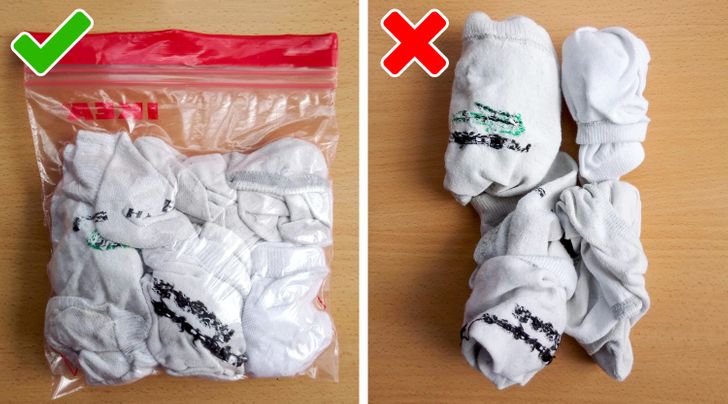
And when it comes to socks, it is even simpler: take the oldest ones with you that you were going to throw away anyway. Unfortunately, this piece of clothing takes a lot of time to dry, even when it is really hot outside (I had to dry some socks during a long hike). So it is much easier to throw them away and buy new ones (because they are pretty cheap). It is better to choose ankle socks since they don’t take up much space.
It is better to organize all the clothes by category or by day, and then put them inside bags with zip-locks. This way the clothes will take up less space and won’t get wet. And at customs, you won’t have to take out all of your things and make a mess when packing it back in, if it’s already been organized in advance.
10. Shorts or sweatpants
Shorts can be used not only on the beach, but they can also serve as an alternative for pajamas. Especially if you are a guest at someone’s house or if you are staying at a hostel with other people where you can’t just walk around in your underwear. Sweatpants as spare pants or as an additional piece of warm clothing are great too.
9. A coat with a hood instead of an umbrella

A light coat can never hurt, even if you are going to a hot place. You can use it as a blanket or a pillow on a plane. It will protect you from the rain better than a heavy umbrella, that is constantly turned inside out by the wind. And you should buy wind- and water-protective coats that professional yachtsmen wear. They are great for almost any weather.
8. Synthetic clothes instead of cotton
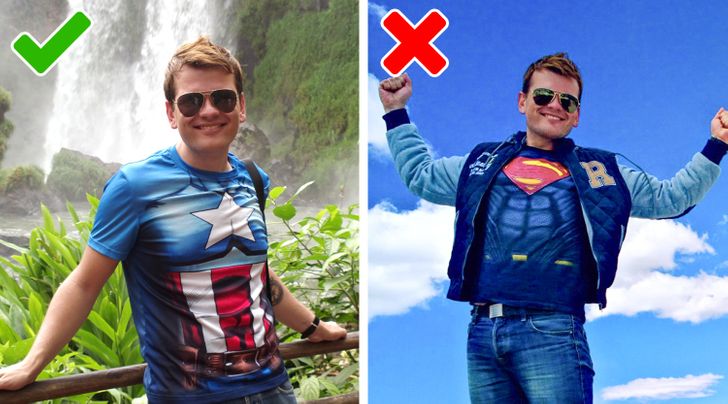
Again, because synthetic clothes are very practical and they don’t take much space, you should take them on trips. They absorb moisture and unpleasant smells less, and they dry faster and don’t get very crumpled. In order to make T-shirts and sweaters take up less space, you can roll them and secure them with rubber bands.
If you are going to a place where there is always a lot of sunlight, maybe you should buy UV-protective T-shirts and other pieces of clothing. You can see clothing like this on surfers that spend a lot of time in the water and under the hot sun.
7. An old credit card and a scan of your passport
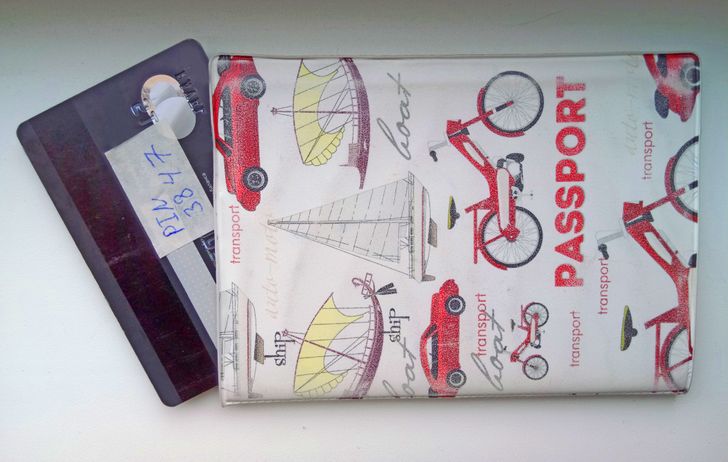
Before the trip, e-mail scans of your passport, insurance papers, and other important things to yourself. If you lose something, you will always have access to these papers. And it is better to take 2 credit cards with you.
One of them should be expired — it is always with you to check and see if an unknown ATM actually works. Sometimes, you can only enter a bank by swiping your credit card and it is better to use an old card for this.
And what about your current credit card, write the wrong PIN on it (or several PINs) and wipe off the CVV/CVC numbers on the backside. But first, make sure you memorize it and replace it with the last 3 numbers of a fake telephone number. If your card is stolen, the thieves will first try to enter the wrong PIN and after several attempts, most ATMs just don’t return credit cards.
6. A lock
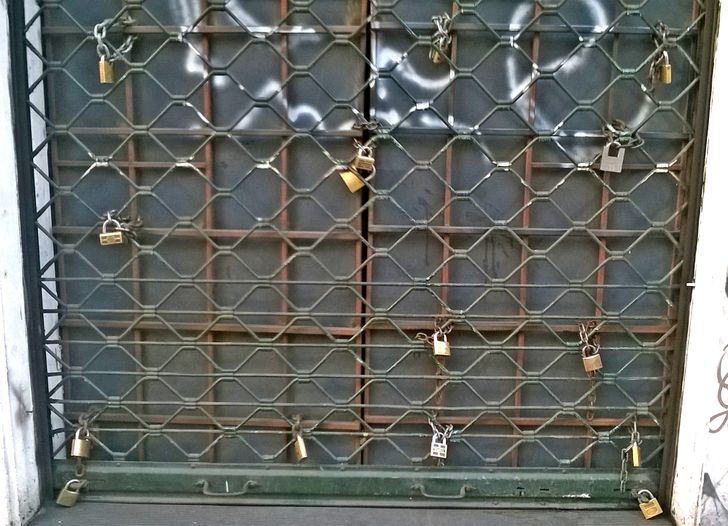
An experienced tourist has to have a lock. A lock is often needed in hostels where they will give you only a locker but the lock is an extra charge. You can also use a lock to secure your backpack so that nobody can open it while you are checking out the sights. And also, when traveling on buses or trains, it is better to lock your backpack to the chair so that nobody can steal it.
5. Cereal instead of sandwiches
If you are planning to take some food with you, don’t limit yourself to just sweets and sandwiches. Cereals and other similar foods are your solution if you suddenly get hungry. And they allow you to stay full for a longer time than any chocolate bar. You can ask for boiled water during a flight or at any McDonald’s.
4. Cosmetics in special packages
Everyone knows that passengers are not allowed to take more than 100 ml of liquids on board but some airlines (especially the cheapest ones) have one more rule. All the liquids (and even solid deodorants are included in this rule) have to fit inside a small transparent plastic bag that they give to you.
So, before traveling, check the volume of all the cosmetic products you need. This way you won’t have to carry dozens of bottles. Just fill drinking straws with the necessary amount of cream and put tape on both sides. And you can also use these straws as toothpaste tubes when you are on a trip. In order to not get lost in your huge arsenal, put a mark on every straw (it is even better and easier to organize if you can get different colors of straws).
3. A small first aid kit, instead of all the medications you have at the local pharmacy
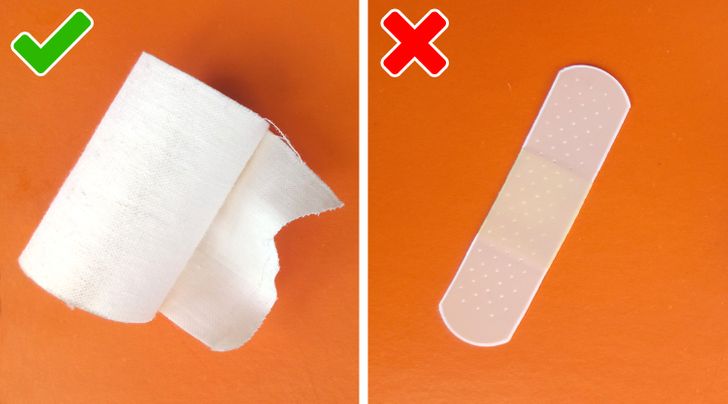
Before you start packing your medications, remember that not all countries allow you to bring in medications without a prescription and some of them may even be prohibited. So read the customs rules first.
Instead of a Band-Aid, you can put special tape that will protect your calluses better and won’t fall off after a long walk. Insect repellent can also be useful if you are going to a hot place.
But when it comes to mosquitos, it is better to buy sprays where you’re going. The thing is, the products you are used to where you live may be completely ineffective against the local kind of mosquitos. And of course, buy some remedies for sunburns, no matter how much sunscreen you are taking with you.
2. Adapters and extenders
One of the most useful things to have when you are on a trip is an adapter. In airports, hostels, and other places, there may be a lot of people who want to use the same power source. If you have an adapter or an extender, you can always charge your device even if someone else has taken the source before you. Read some information about the type of power outlets and the voltage you’ll most likely find in the country you are going to visit. It is better to buy an adapter in advance, rather than have to look for one at the most critical moment.
1. Smartphones with a big battery instead of power banks
Before your trip, download all your photographs and all your important data from your smartphone into a cloud or a flash drive and also write down the IMEI-number of your device and set a password in order to protect your phone in case you lose it or it gets stolen.
Remember that you are going on a trip to see something new, to communicate with interesting people, and to learn more about the culture of a different country. So don’t hope to be able to spend all your time on social media and watching videos. You only need a smartphone to navigate your way around and take pictures. Its battery should be more than enough for these purposes.
You don’t need to buy a local SIM-card with unlimited internet connection because you can usually use Wi-Fi for free in all hotels and hostels. Don’t forget, there is also Wi-Fi in airports, malls, fast-food restaurants, and even on public transportation.
Be cautious and don’t connect to unknown networks that say “Free Wi-Fi” — this may be dangerous. The name of the network should be the same as the name of the airport, hotel, or restaurant you’re in.
By the way, don’t spend money on SIM-cards, additional batteries (that some airlines won’t even allow you to transport), and worry that your phone battery will die at the worst time. Just 15 years ago, people used to get by without smartphones on their trips and they used to have a richer experience during their adventures.
Which things do you always take on a trip with you? Share your experience with other readers!
Comments
All good ideas except no.4 DRINKING STRAWS for cosmetics? Come on. What amount of product they will hold? A drop? It can also easily break and leak. And this is plastic. What about envirnoment? Beter use small reusable containers.
wow ? it's really so helpful
Such small around the waist bags are already a trendy things for a year or so, many locals wear them too so this item won't make you look like a tourist. While cross-bodies can easily get robbed. In countries like Italy, Spain, etc. there are professional robbers that can cat such bags and steal everything in a matter of a second - people hold such small bags under their arms. This is uncomfortable, as for me, and around the waist bag is always by your side
Like a lot of ideas from here.
Not a big fan on synthetic clothes because I sweat so much in these
Related Reads
He Chose Money Over Love, but Karma Acted When My Prosperous Father Died

10 Things No Mother Should Ever Apologize For

20 Times Kindness Won the Argument Without Saying a Word

12 Moments That Prove Kindness Still Matters in a World That Forgot How

I Refused to Split the Bill of Food I Didn’t Eat—I’m Not a Walking ATM

My Pregnant Roommate Tried to Kick Me Out—She Wasn’t Prepared for My Next Move

15 Times Romance Had Big Plans, but Real Life Wrote a Funnier Script

14 People Who Walked Straight Into Awkward Moments

15 Stories That Prove the Kindest Hearts Are the Strongest Survivors

12 Times Kindness Won Over Anger in the Best Way

I Refuse to Look Away After What My Stepson Did to My Son — It Destroyed Our Family

I Refuse to Be Forgotten After Raising My Stepson for 14 Years

